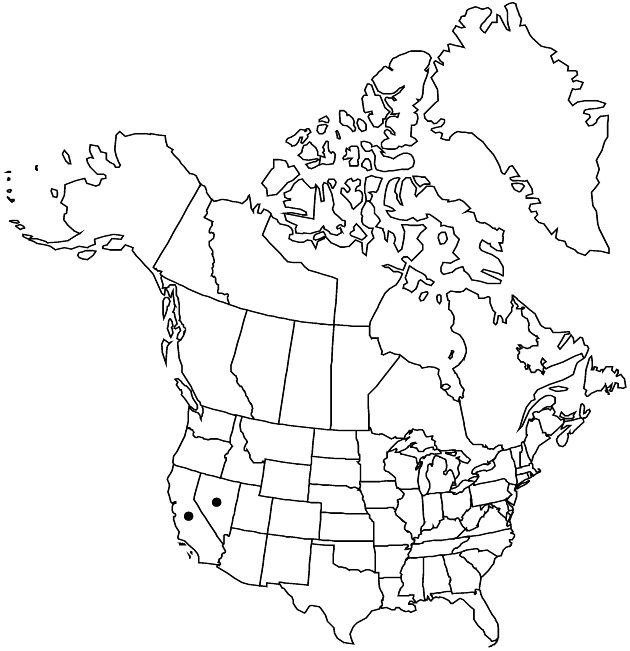Ericameria cooperi var. cooperi
Plants 20–120 cm. Stems green when young, fastigiately branched, puberulent, gland-dotted (in pits), resinous. Leaves ascending to spreading; blades linear to narrowly obovate (terete to adaxially sulcate), (0.5–)10–15 × 0.5–1 mm, midnerves not evident, apices acute, faces puberulent, regularly gland-dotted (in circular, deep pits), resinous; axillary leaf fascicles present proximally, shorter than subtending leaves. Heads in rounded, cymiform arrays (2–9 cm wide). Peduncles 5–15 mm (bracts 0–2). Involucres narrowly campanulate, 4–5 × 3–4 mm. Phyllaries 10–14 in 3–4 series, tan, sometimes greenish subapically, ovate to oblong, 2.5–5 × 0.6–1.5 mm, unequal, mostly chartaceous, midnerves evident, subapically expanded, (margins scarious or narrowly membranous, entire, ciliolate) apices erect, acute to obtuse, abaxial faces usually glabrous, sometimes (outer) sparsely puberulent and/or resinous. Ray florets (0–)1–3; laminae elliptic, 4–6 × 1–2 mm. Disc florets 4–12; corollas 3–5 mm. Cypselae tan to brown, turbinate, 3–3.5 mm, sericeous; pappi silvery tan, 3–5 mm. 2n = 18.
Phenology: Flowering spring–early summer.
Habitat: Common in rocky desert basins, washes, desert slopes and mesas in creosote-scrub and Joshua tree woodlands
Elevation: 800–2000 m
Distribution

Calif., Nev.
Discussion
Selected References
None.